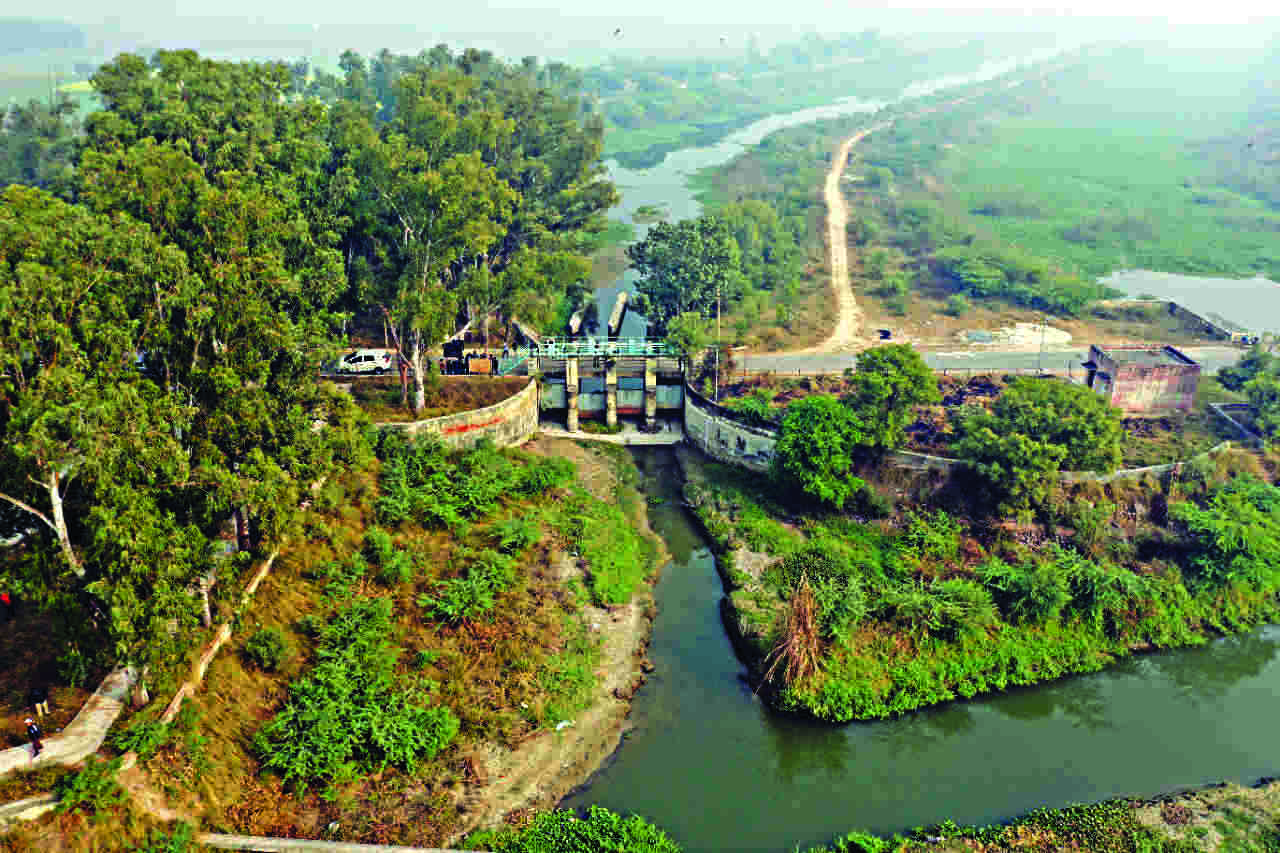Yamuna: Delhi to treat 95 MGD wastewater from Hry, says Jain

New Delhi: The Delhi government has decided to treat 95 million gallons of wastewater per day from Haryana which falls into the Yamuna in the Capital, Water Minister Satyendar Jain said on Tuesday.
The minister said the government will use in-situ bioremediation techniques to treat the wastewater from Haryana which reaches Delhi through the Badshahpur drain.
The Badshahpur drain flows into the Najafgarh drain, which ultimately falls into the Yamuna.
In-situ bioremediation techniques involve treatment at the site using aquatic plants and microbial remediation methods.
Some common in-situ treatment techniques are microbial bioremediation, phytoremediation, constructed wetland system and root zone treatment.
The Yamuna receives 155 MGD of waste water from neighbouring states, including two large drains in Haryana — drain number 6 and the Badshahpur drain.
Jain, who inspected the Badshahpur drain near Najafgarh during the day, said, "The Delhi government has decided to treat this 95 MGD of sewage coming from Haryana via Badshahpur drain through in-situ technology." Using this technology, the wastewater can be filtered and treated in the drain itself, a statement quoted the minister as saying.
Jain said neighbouring states dump sewage into drains without treatment and this wastewater flows into the Yamuna.
"The Kejriwal government has decided to treat the sewage from other states as well. Although this work belongs to neighbouring states only, we believe the Yamuna belongs to the country," he said.
"If the wastewater and industrial effluent from neighbouring states can be stopped from falling into the Yamuna, it will be a huge step towards cleaning the river," the minister added.
Jain also said the city government is going to set up a 10-MGD reverse osmosis (RO) plant in Najafgarh from which clean drinking water will be supplied to all nearby villages.
The Delhi government had earlier announced plans to install reverse osmosis plants in areas where groundwater is unusable due to high salinity and high levels of total dissolved solids. With the help of RO plants at Okhla, Dwarka, Nilothi-Nangloi, Chilla, Rohini, and Najafgarh, the DJB expects to augment its water supply by 90 MGD within a year.



